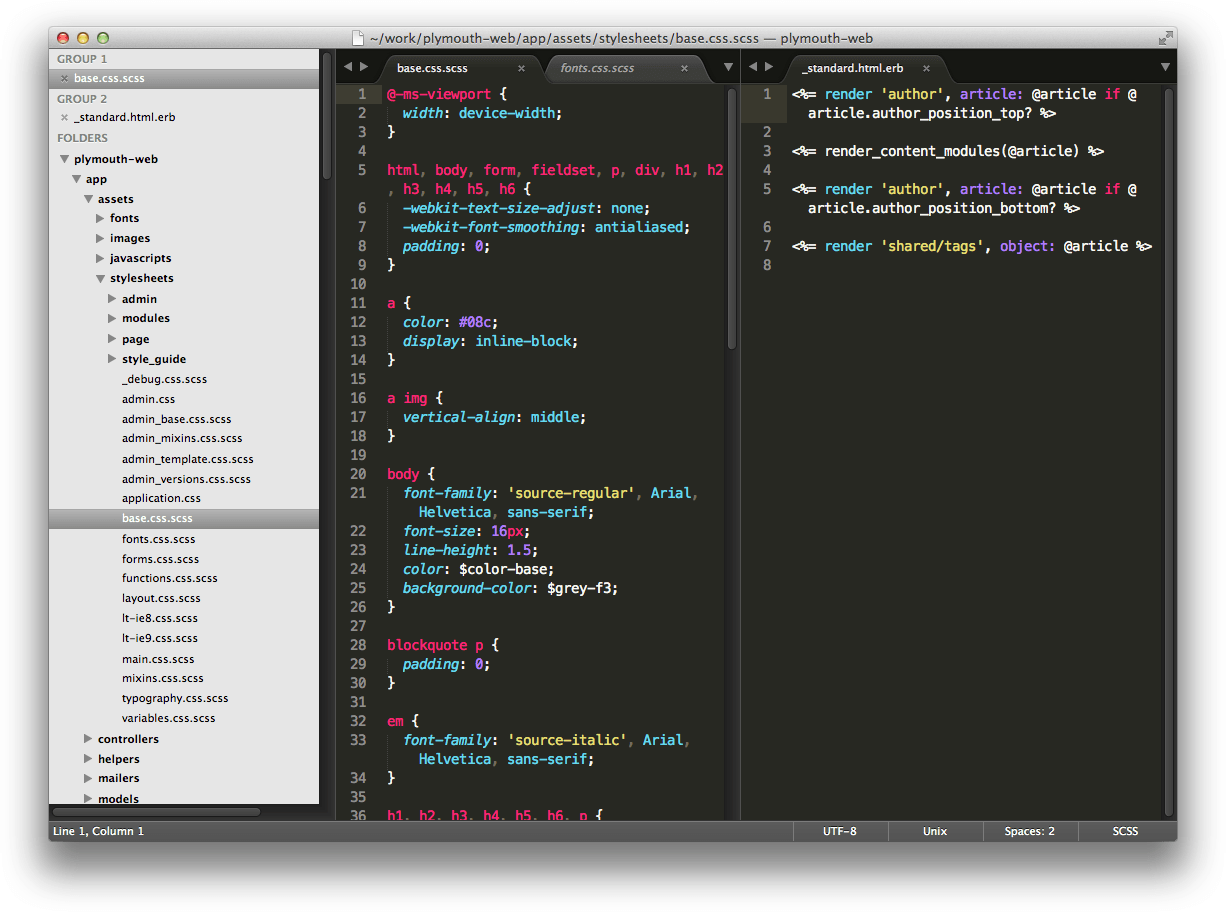

For each module give me everything that is exposed (or maybe any top level expression) and their type signature and doc etc. Give me all the modules and their files (whether the modules are exposed for packages etc). The elm platform (maybe elm-make, maybe something completely separate) would benefit from some sort of project introspection API. But that's currently through parsing textual messages from elm-make, which is hardly a scalable/nice solution in the long run) By adding a little more tooling api love to elm-make we could implement things like intentions (honorable mention to elm mode i Emacs which picks out missing type annotations and unused imports and allows you to let the edttor fix them. I'm hoping that this issue in elm-format pans out in the not to distant future: It would open for quite a bit of introspection and lots of simpler refactorings. One really big enabler for more powerful features I think would be an agreed open introspectable AST for Elm (keeping it up to date with new versions and level of backwards compatibility might be a challenge until Elm stabilizes though). I'm as eager as anyone to improve the situation, but I just think we have to be a little patient. I agreed that there is much to be done, but you have to consider that tooling/IDE is just one aspect of Elm's evolution. I haven't looked much into how other languages comparable to Elm in age, maturity and stability fares in terms of Editor support, but Scala is certainly not a fair comparison. I can't see anything wrong with that, and It's unfair to expect IDE features at par with Java/Scala/C# etc given Elm is very young compared to these. So when the Elm community celebrate Elm editor features for their editor you might want to consider taking into consideration where we are starting from ? I would like to think that people impressed by some new Elm editor feature are impressed or happy given the context of where we are currently at. Great, especially if you prefer large IDE's (many of which I would never need or even want probably). So once they commit do adding support for a language they can pour on features. IntelliJ and Visual Studio have a large pool of (paid) developers they can put on something like this and they probably have very powerful building blocks and frameworks in place to support adding new languages. Hopefully he'll be able to make a buck or two to recoup some of that effort. Even for Clojure which I would think is quite a bit bigger than Elm it took the dedication of one person to take a year or two off his life to come up with Cursive (which is pretty great btw). I doubt Elm is very high up on their list, so support for these IDE's would have to come from community initiatives for now I think. Elm is a pretty young language and things have far from settled down. If IntelliJ (JetBrains) decides to embrace a language and support it you know that the language has become pretty mainstream. Also happen to be a daily IntelliJ user at work (used Visual Studio and Eclipse in the past). I am very happy that the Sublime developers are working again, but I also value the transparency and community of open source, and I'm interested to see how Atom develops.Light Table plugin author here. You could theoretically fork the entire editor to use for some kind of specialized application. When writing plugins for Atom, the entire source is available and customizable. What lies behind those endpoints is inaccessible to the plugin developer (it's compiled).
#Lighttable atom theme code
Writing plugins for Sublime is writing Python code that hits API endpoints. The flexibility argument holds for the core of the editor as well. Light Table, will become possible in Atom. I expect over time that things that are not possible in Sublime, like real-time javascript editing with hot code reloads, e.g. HTML inline popups are nice, but they are not equivalent with what is possible when the entire editor is built using a webview.

The Atom version uses LESS (transpiled to CSS) and font icons. Compare the Seti-UI theme for Atom, and the same theme ported for Sublime. But customizing the actual interface elements, things like menu bars, tabs, etc – this is where Atom has an advantage.Īs a front-end developer, I would much rather use HTML and CSS to describe features of an interface than a bunch of XML tags. Changing syntax highlighting is about the same in either editor. Both editors have great package managers. I should clarify that by "less flexible," I meant in the sense of changing the UI. I'm a hardcore Sublime user with very limited Atom experience. I use dozens of plugins and have nearly 300 custom keybindings. I've only experimented with Atom, as I've invested considerable time customizing Sublime. I also use Sublime Text as my primary editing tool (along with Vim for occasional edits over the wire) and I love it as well.


 0 kommentar(er)
0 kommentar(er)
